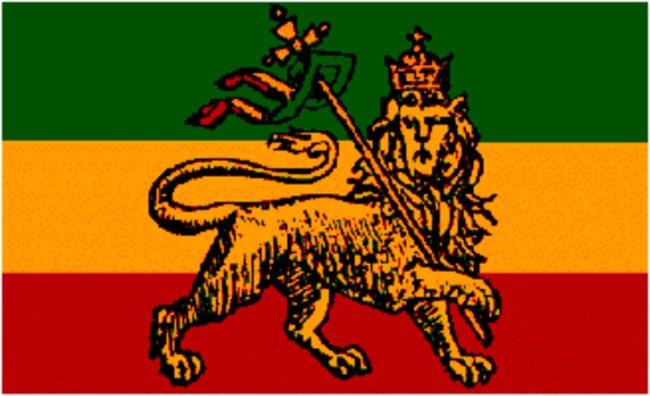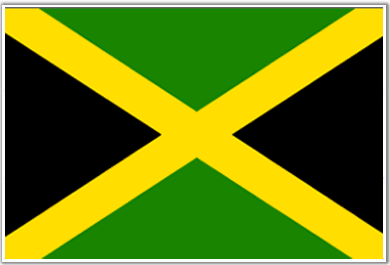Benga’s most distinctive feature is its fast-paced rhythmic beat and bouncy finger-picking guitar technique. Indeed, the core of benga is the lead guitar, which essentially follows the track of the vocals. Without exception, the singing is at some point separated from the climax—the instrumental expanse that combines three or four guitars and percussions. Benga is loosely linked to Congolese rumba and West African highlife, but differs sharply from South African kwela, taarab, chakacha and kidumbaak; the most well-known Swahili music forms from the coastal strip of East Africa.
Today, Benga music is played across a fair share of Kenya—from the lake shores in the west, across the vast floor of the Rift Valley to the slopes of the imposing 5,199 metre Mount Kenya and into the plains of eastern Kenya. From a genre that was previously considered low class, it has managed to establish its hold as a definite Kenyan style and beat. Sprinklings of it are to be found in DR Congo. It has been borrowed, repackaged and found a new form in Zimbabwe. From its humble rural beginnings, this music has been nurtured into a club circuit affair in numerous urban areas in East, Central and Southern Africa.
By Isaac


